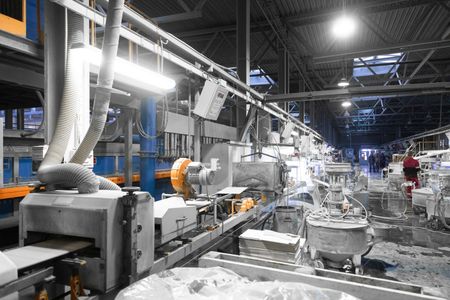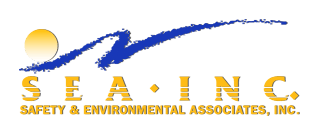DUST HAZARD ANALYSIS AUDIT
NFPA 652

All facilities that generate dust, and were required to meet the September 7, 2020 deadline must now comply with the requirements of NFPA 652. SEA can help you get ready for these audits!
Contact Us Today 888-374-3442

f you think PFAS regulation is someone else’s problem, think again. The regulatory environment around per- and polyfluoroalkyl substances is shifting rapidly, and safety, environmental, and operations teams are squarely in the crosshairs. Rather than scrambling when the deadlines arrive, your best strategy is to act early.

Halloween might be the season for ghost stories and haunted houses, but for safety and environmental professionals, the real nightmares happen at work. From unseen hazards to data disasters, these frights are all too real. At SEA, we help EHS managers conquer their fears — and their risks — with smart, proactive solutions that turn horror stories into success stories.

Every year, OSHA releases its list of the most frequently cited workplace safety standards. While the names change little from year to year, the numbers tell a story: employers continue to struggle with the same hazards—falls, hazardous chemicals, and machine safety. Understanding these violations is the first step in preventing costly citations and protecting workers.
